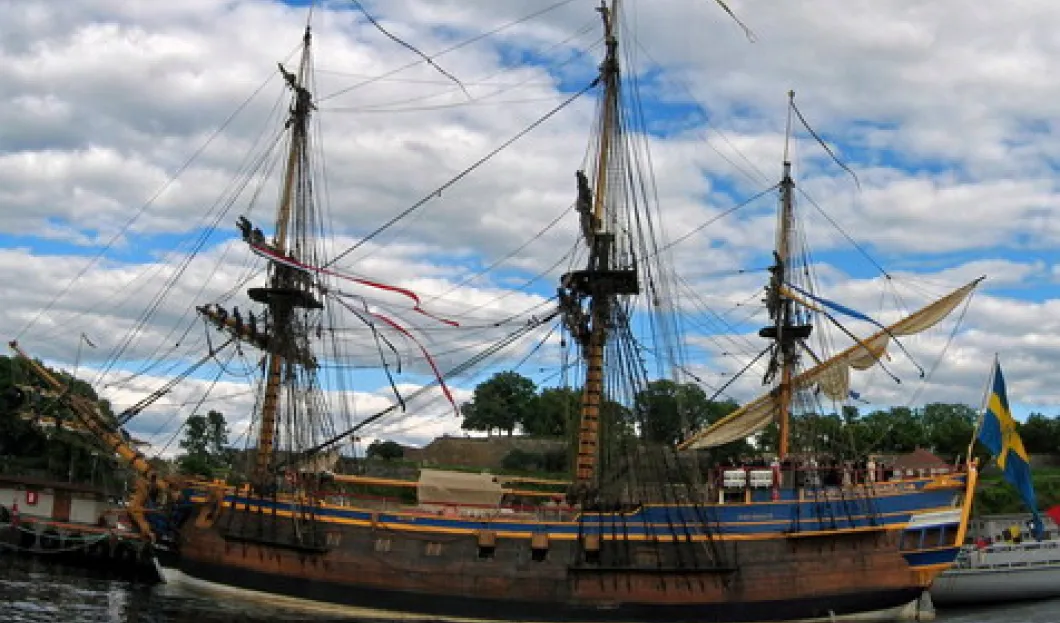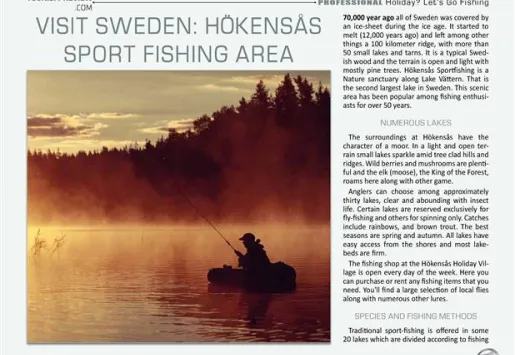
Many who have not travelled much around Sweden tend to think of the country as a huge snow-filled Northern area and Stockholm. However, Sweden’s second biggest city, Göteborg, holds many attractions unknown to the inexperienced traveller. It is situated on the banks of the river Göta in Sweden’s south-west. Göteborg has a population of around half a million people. The Swedes themselves tend to think of the city as being representative of Swedish industry, as the names Hasselblad and Volvo still dominate Göteborg. However, there is far more than mere industry in the city, even its history being rather unique. Built by the Dutch in the 17th century, then taken over by the Scots, then financed by Jewish families, Göteborg is representative of a number of cultural elements. This explains why nowadays it looks like a cross between Amsterdam and New York. The Dutch style canals and American style coffee shops are perfect examples.
Let’s not forget that Göteborg is Scandinavia’s largest university city. Furthermore, it is home to a plethora of castles and fortresses. A prime example is the Skansen Kronan, the 17th century former prison which has been transformed into a military museum. Haga, the city district with picturesque wooden houses is similarly very popular amongst tourists, as is the Feskekörka, a fish market somewhat oddly in the shape of a church.
In terms of event hosting, Göteborg is not lagging behind at all. Every summer, it hosts the world’s largest football tournament, in which 1000 teams from 50 countries participate. The city also boasts the August Göteborgskalasat, the biggest film festival in all Scandinavian countries. It certainly appears that Stockholm’s child has plenty on offer, that is perhaps why the locals so often compare the city to the Swedish capital.








